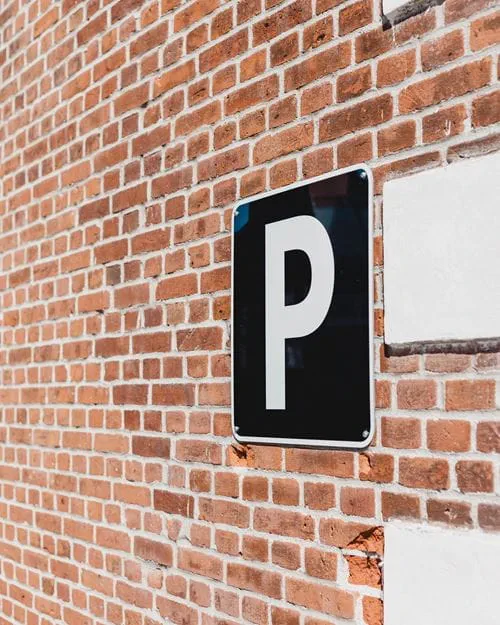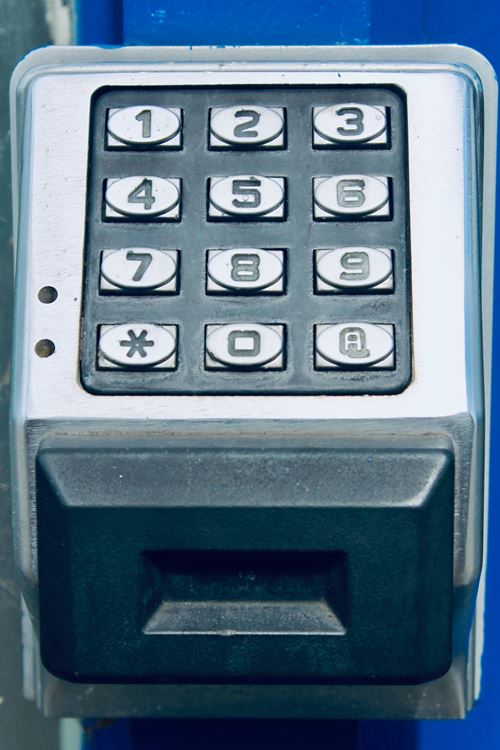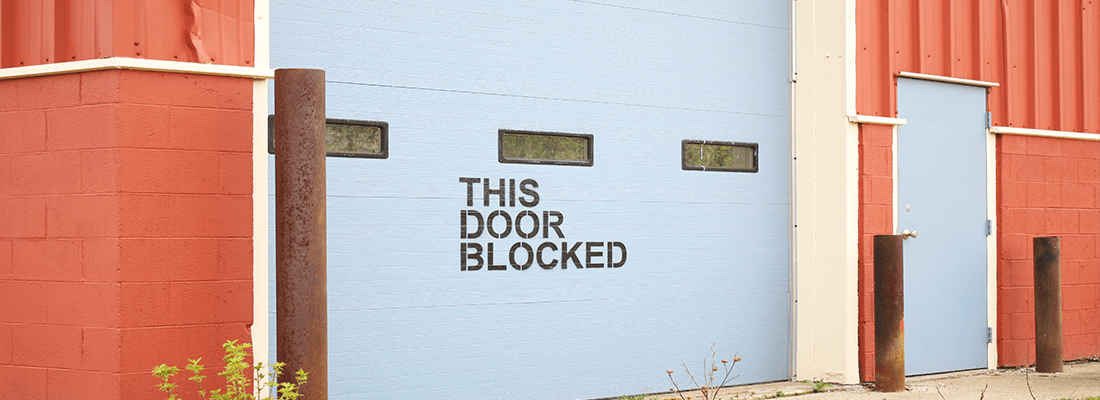Any parking location has different needs to optimize its flow with the rest of the city and to get the most out of the car park. A parking access system manages the access of a parking facility and entails a couple of key components. Firstly, there must be a physical parking access component, secondly there must be a valid way to control the access to a parking and last but not least, a payment system should be in place. In other words, a parking access control system is a solution that allows the parking and garage owners to manage the parking, restrict access to parking, and also make a profit.There are numerous different solutions, means and combination to optimize access to any parking. In this complete guide we will dive deeper into three components which are part of a complete parking access system.
1.Guide to parking access components
2.Guide to parking access systems
3.Guide to payment systems
1.Parking access components
When arriving at a car park, there is usually a clear physical separation which shows where to enter a car park. There are numerous ways to control the inside and outside of the parking, namely via a gate, garage door, pole, barrier or a chain with a lock. Referred to in this guide as parking access components which can serve to benefit easy entrance to specific target groups and bring an additional level of safety. Find an explanation for the main parking access components below.
Signage
In almost all cases there will be some indication near an entrance with a sign to indicate the entrance of the parking. Universally this will be indicated with a sign with the letter ‘P’. Other signs can indicate which users may access this parking (e.g. “private parking” or “parking for residents” etc.) or the consequences, such as risking being towed when you do not belong at the parking (or without proper payment). A sign only is not secure as people can bypass it easily, but it can be used in combination with other parking access components.

Chain/Pole (with lock)
Minimal security is reached by adding a chain or removable pole (including/excluding a lock) to indicate the entrance of a parking location. This will stop most people from entering the car park by car if they aren’t allowed in, but if easy to remove, may not provide the biggest barrier. This parking access component is something which could work in more remote areas such as, for example, an outside car park belonging to residents of an apartment building. Besides this, it doesn’t require much investment or upkeep. Simply copying keys and replacing locks when necessary.
Parking attendant
An employee can, of course, also be a key component, as they are certainly a clear and secure way of indicating and giving access to the parking to the correct people. Having an employee at the entrance is quite secure, however is quite costly. This can work for both long as well as short term parkers.
Gate
A gate can vary in height, but is commonly a clear indicator and a long used and successful safety measure. It is a one-time investment, and requires some upkeep. It is an easy divide for both permanent users of a garage and can be easily automated to accommodate short term users as well.
Garage door
When the car park is indoors, a garage door is a very secure way to provide access to the correct users. It is difficult to access without the suitable means, but can offer a very easy user experience depending on the access system in place. It is certainly suitable for permanent or longer users. For short term users, it can be convenient if automated.

Automatic pole(s)
It is possible to install automated poles in front of an entrance of car park, which can be automatically lowered into the ground, based on sensor recognition or through a (personal) button or key. This is not very commonly used as it gives the same issues as a garage door, gate or barrier, but offers less security. It is more commonly used to indicate areas in parts of cities or on terrains where people are not allowed to enter by car or in combination with other components as an additional safety measure.
Barrier
A barrier is a clear and common indicator of the entrance of a parking garage to both indoor and outdoor parking. It is not easy to bypass by car without the correct validation and can be very easily connected and automated for different types of users. A barrier is also quite a inexpensive option to install compared to, for example an entire gate. While slightly less secure, it can be easily used at busy parking such as, for example, shopping centers, apartment buildings and offices. Depending on the target groups, expected usage, costs of the devices and location of the parking, one or multiple of these options can be implemented for optimal security and ease of use of a car park.
Find parking access solutions and get in touch >
2.Parking Access Systems - The Access
To be able to access a parking, the parker must present valid parking credentials, whether this is a parking ticket or a remote control to be able to access the parking. In this section of the guide, read about all different types of parking access systems which are used to give access and as a way to control the access to a car park.
Parking attendant
If there is an employee at the location, this person can easily give access to the parkers who are validated to enter the garage by opening/lowering/removing the parking access device. It is commonly a friendly, but time intensive, way to give access to the car park if administration is not automatically handled as well.
Key/remote
Having a system in place with a (remote) key is mostly convenient if the car park is meant for permanent/mid-term users. This would not particularly work well with short term users as it can be quite a hassle with handing out keys and it is not a foolproof method for fraudulent use as a key can easily be “lost” and continuously be used.
Keycard or key tag
The alternative key, thekeycard, requires almost the same amount of work as a remote system, due to installing an RFID reader. These cards can be blocked and denied access when lost, a benefit to reach a certain level of security.
Keypad
A keypad is an easy solution for a location with a gate or barrier which lets the correct users enter a car park via personal/general codes. It requires almost the same installation as a keycard, but often needs a bit more space . Codes can be blocked and, when automated, scheduled to be used within certain times. Additionally, a code can be easily provided to short term users. A perfect solution for apartments or office buildings, which also receive visitors.

License plate recognition (LPR)
With license plate recognition camera’s connected to a barrier can open the barrier for cars entering with a registered license plate. Thanks to this system it is possible to register new license plates and keep track of the amount of time spent in the garage.
Phone number recognition
A very secure system to let people enter the garage and similar to a keypad with a personal code. Only the person with the phone can enter the garage by calling a specific number which will trigger the opening of the gate/barrier etc. This will only let verified users, who are allowed to enter according to a booking or agreement. This works well for long-term users and for mid & short term users who can automatically be added to a system via a booking.
Mobile button
A mobile button is a user friendly way to enter and exit a garage and can be sent to a user upon making a reservation or during a certain agreed upon period. It works similar to a key pad code, but doesn’t require a bulky device near the entrance of the car park. A mobile button can also be part of an app and used to register a start time and end time and can easily be used by short-term users. Many of these parking access systems, require a parking management/software tool to keep track of timeslots and stamps, availability of the car park, to calculate what a parker owes the car park and to see if a parker is (still) allowed access to the car park. An ideal mix between on the parking access components and the parking access systems can be put into place depending on the unique location and the factors above, such as target group, ease of access and safety.
Find parking access solutions and get in touch >
3.Payment methods
Last, but most definitely not least: the payment. In car parks, the following payment methods can be implemented as part of a complete parking access system.
Cashier occupied cash desk/manual
An employee handles all payments. As mentioned before, it is an investment, but it gives a friendly although somewhat time consuming experience for a parker.
(Automated) Payment machines
Touchless card payment machines connected to the barrier at the exit, based on license plate recognition can be a very easy experience for a user if it is automated as much as possible. But it can also entail payment machines inside or at the exit of the car park which can be either cash, debit/credit card or by scanning a type of prepaid receipt such as a barcode, QR-code or magnetic strip. These systems are mostly convenient to use for short-term stays, such parking in busy city centers. They are less convenient for mid-term or long-term parkers.
(Mobile)Ticketing system
Similar to a regular ticketing system, a barcode/QR-code can be sent to a user when starting their reservation period and can be scanned upon entering the car park.
Subscription or contract
For long-term bookers and for certain types of access such as key cards, keys the most convenient way for payments is through a subscription or some form of automated payment.
Online payments/E-ticket
It is possible to create an additional online environment for a car park so users can make reservations and/or pay online. This can be connected to many of the above mentioned access systems as users can receive a code, mobile button or automatically be added to a access system.
Through partners
There are currently some companies who offer to fill up unused spots and handle the payment and part of the parking access and management for car parks from all sizes through platforms or apps with big user groups. It can save a lot of marketing costs though these parties often works based on commission per booking. Reservations through partners can be connected to many of the above mentioned access systems as users can receive a code, mobile button or automatically be added to a system through an integration. Payments through these partners can often be made by a parker through an online platform or app.
Find payment methods and ticketing system solutions and get in touch >
The Perfect Parking Access System
In the end, each location is unique and can use a mix of the above mentioned components to create the ideal parking access system. One size fits all is not applicable, but you should always consider the user’s needs first. Secondly, especially for busier car parks, consider the ease of use, thus automation as it will help with the traffic flow within a city. The more people are expected to pass through, the easier it should be to park as to lessen the time spent on the road. Online ticketing systems and apps can contribute to traffic flow since this decreases search traffic and waiting times.







